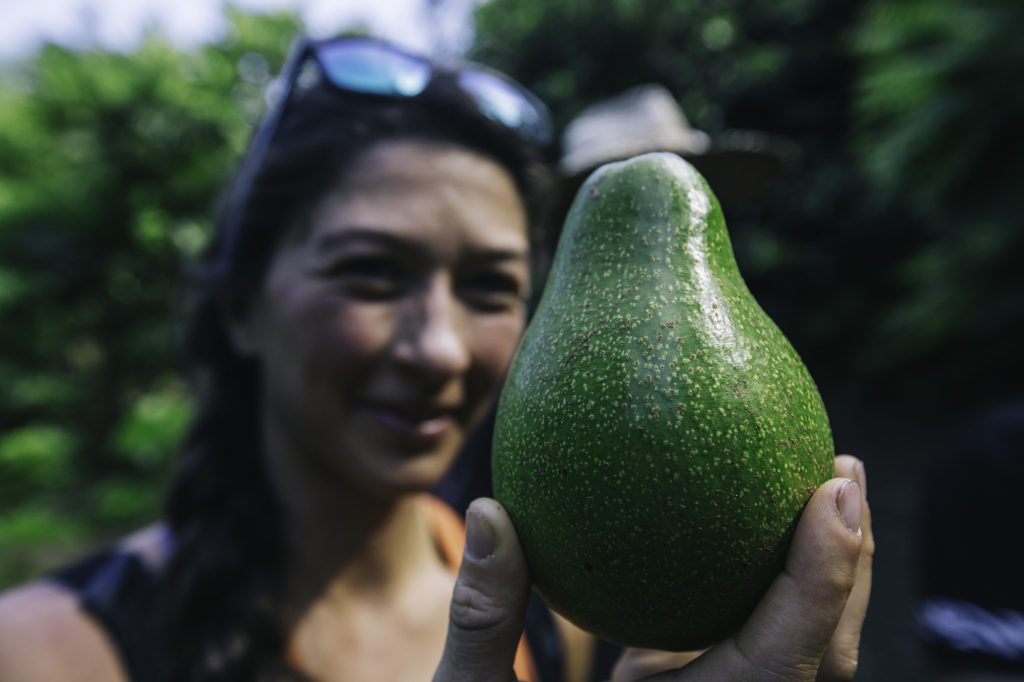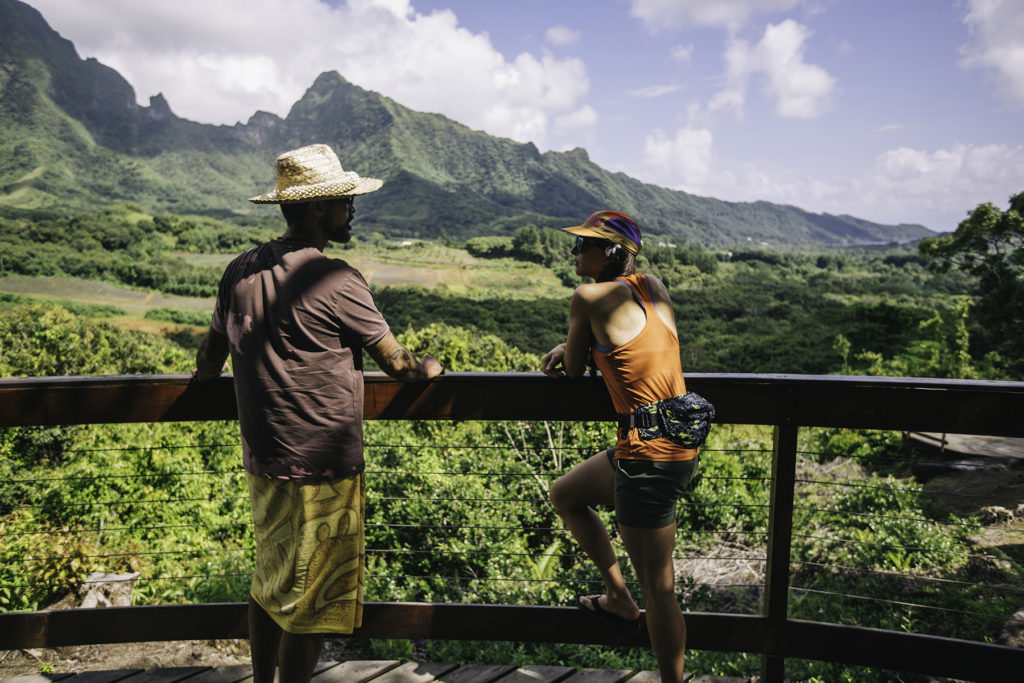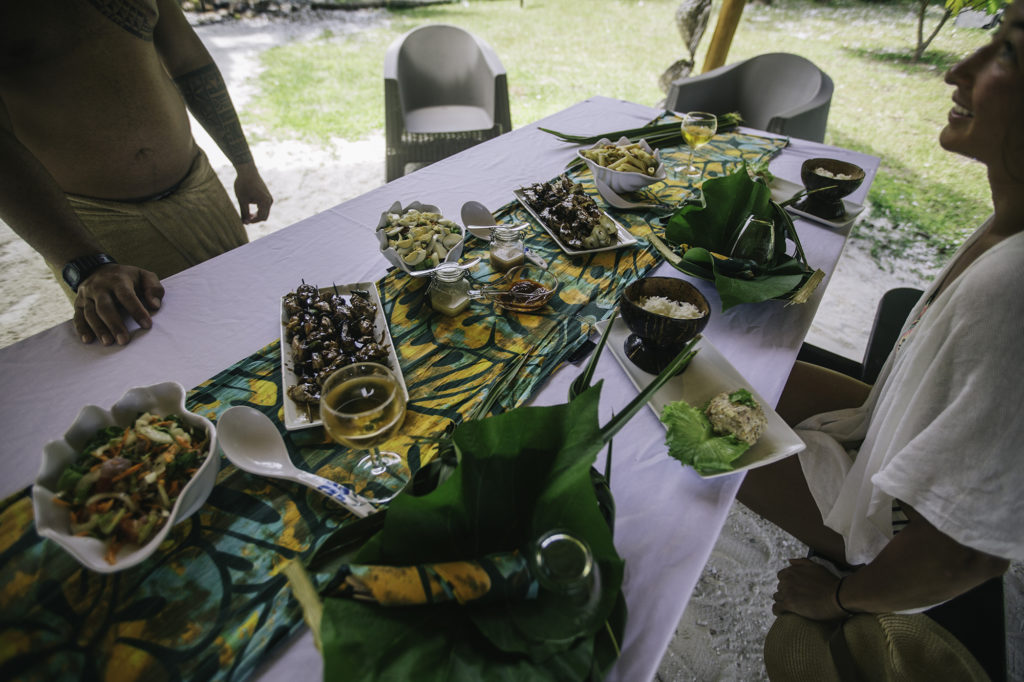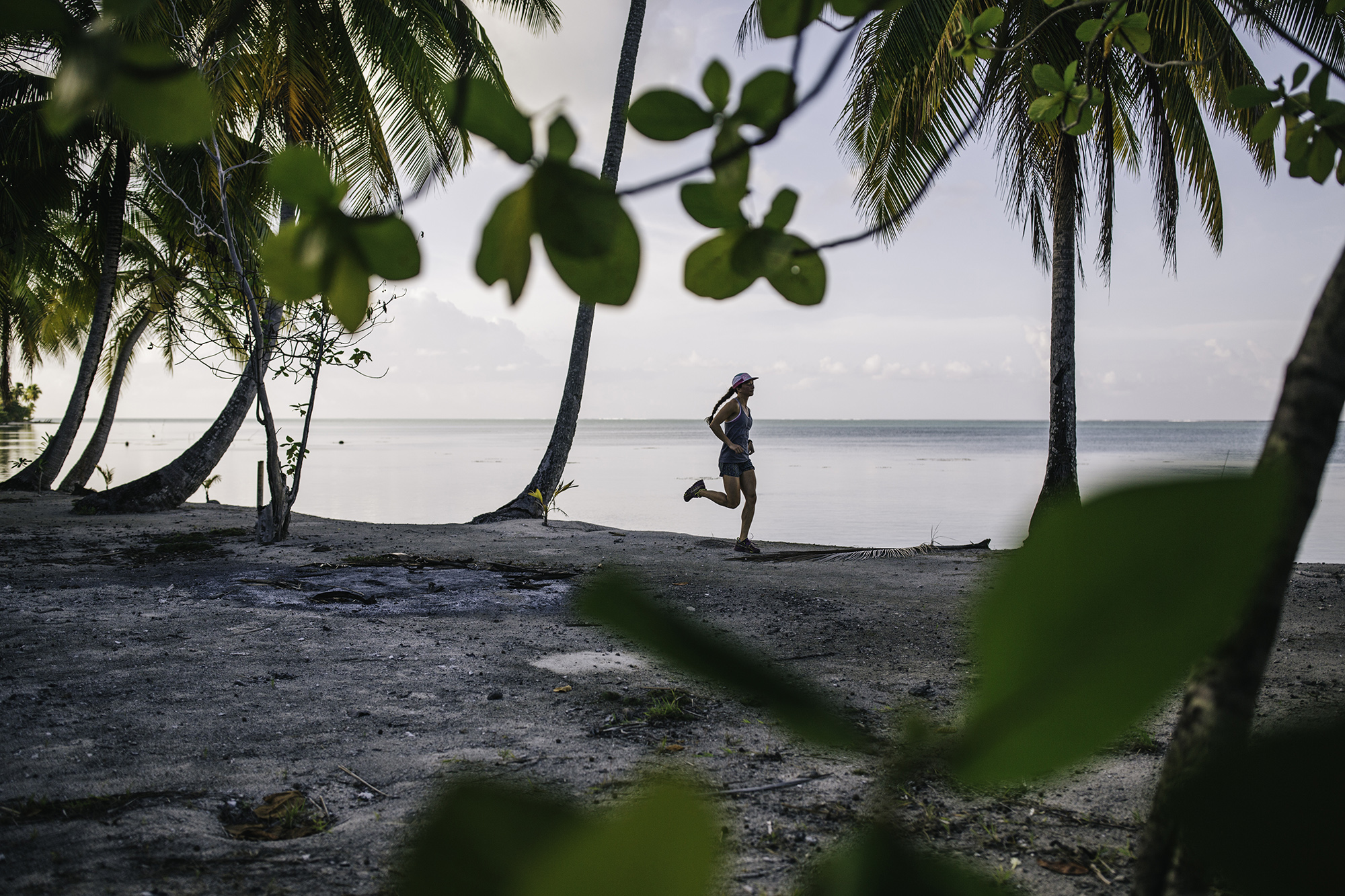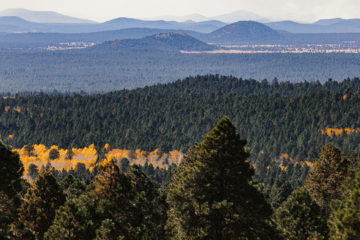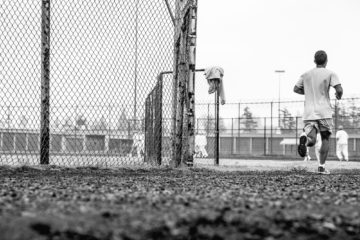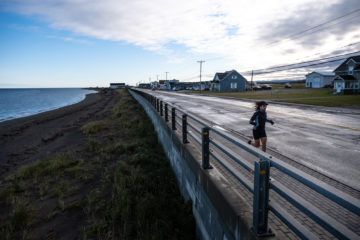words: andy cochrane
photos: andy cochrane
When we left our home in northwestern Wyoming the thermometer read seven below zero. Wearing four layers and still a bit chilled, I was excited about warm water and sunshine. When we landed in Tahiti fourteen hours later, it was 78 degrees and was rising. Right away I knew my body was in for a shock.
Even though our trip to French Polynesia was just ten days long, we decided to visit four different islands, which looking back was maybe a bit too ambitious. Hoping to experience unique parts of the local culture on each island, we filled days with swimming, tours, running, and exploring small towns. Consisting of 118 islands across five major archipelagos, French Polynesia is spread across thousands of square miles of ocean in the South Pacific. While most of these islands and atolls are similar in climate, plants, and animals, there are some distinct differences in traditions like the dancing, food, tattoos, and language. We wanted to learn a bit about each for ourselves, exploring each island by foot and snorkel.
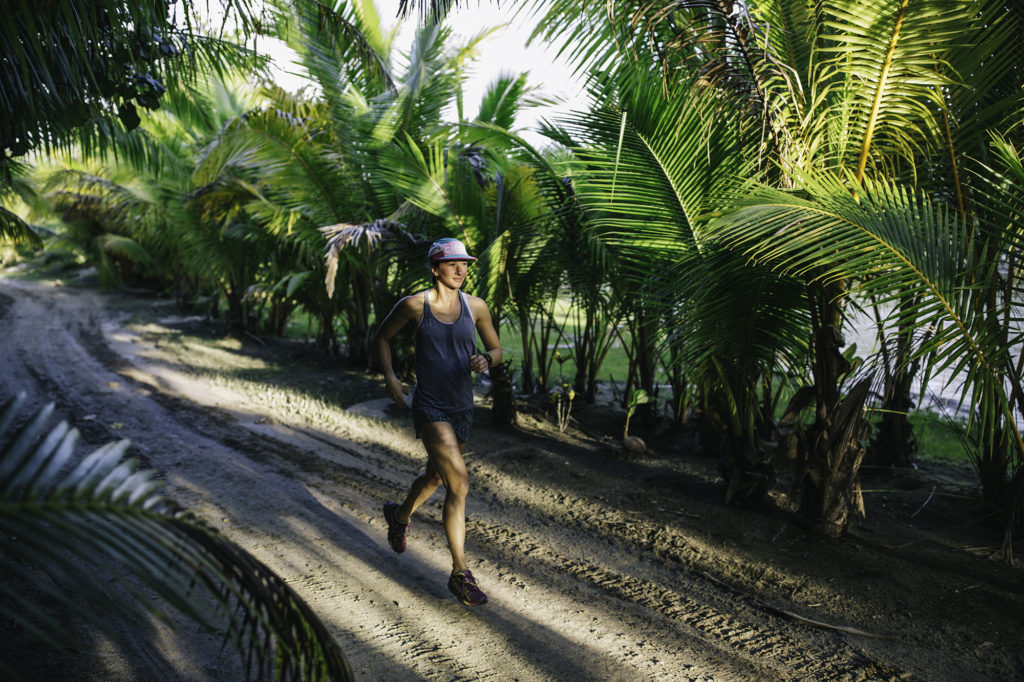
Stop 1: Raiatea
We started our trip in Raiatea, one of the country’s larger islands and considered the center of the Polyanesian triangle, which runs from New Zealand to Easter Island to Hawaii. Raiatea, as the story goes, is the birthplace of Polynesian culture. It’s where paddlers started from when exploring the rest of the Polynesian islands and is home to the most historic marae, or religious site. We were lucky to spend a day learning about the local history with Tahiarii, visiting cultural sites, a local farm, and eating a traditional meal with him and a few friends–a mix of fresh fish, coconut milk, and veggies. This opened our eyes to the rising Tahitian renaissance, a return to traditional dance, song, language, and food.
Like many of the islands, Raiatea is surrounded by a reef, which is home to a turquoise blue lagoon with dozens of species of fish, coral, and aquatic life. We stayed at Le Tahaa, an upscale resort with overwater bungalows. The trails nearby were short, primarily because the resort is on the reef, not the main island. Still, we found a nice half-mile dirt loop to run repeats on each morning, before the day got too hot. On the main island there are many hiking trails, often short and overgrown, heading to swimming holes, waterfalls, or maraes, old religious sites. It’s best to check with a local about the trail quality and permissions to run these, because some have become private. Our favorite was an 11-mile climb up Mt. Temehani to the center of the island, with amazing panoramic views. Just make sure you bring enough water because the humidity will make you sweat!
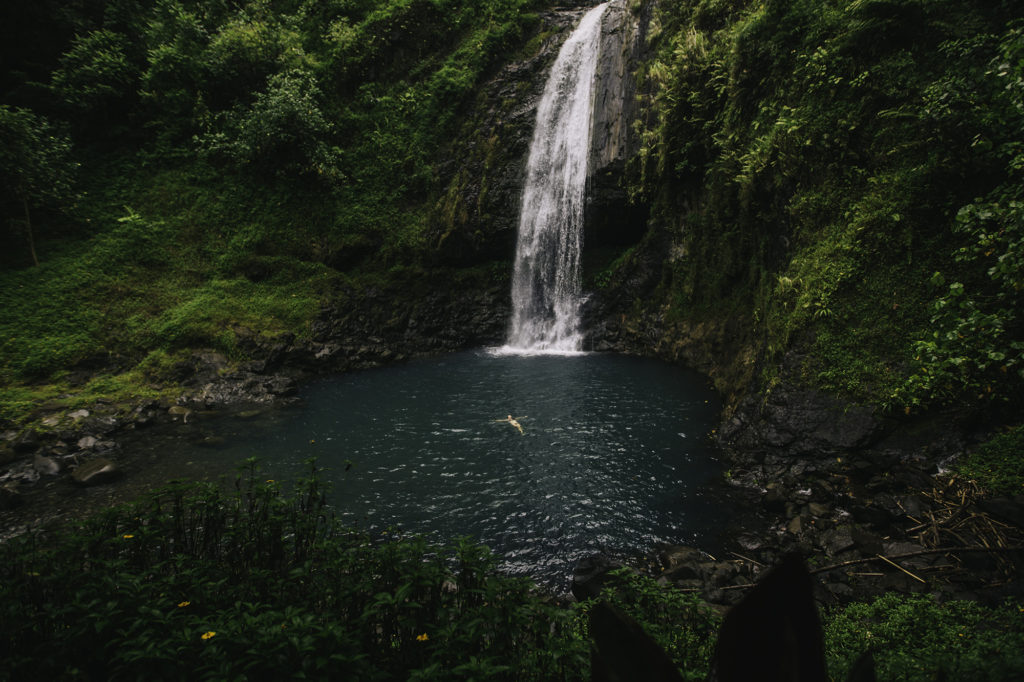
Stop 2: Moorea
Just ten miles from Tahiti, the main island of French Polynesia, Moorea is a large yet less populated gem. The people are laid back and welcoming, with lots of roadside fruit stands and active runners and hikers. We started with a half day scuba diving the reef, learning about coral and holding an octopus. After over consuming mangoes for lunch, we spent the better part of the next two days inland, exploring pineapple farms and running trails. We quickly learned that trails here vary considerably and finding the more used and developed ones would be key to our running fun.
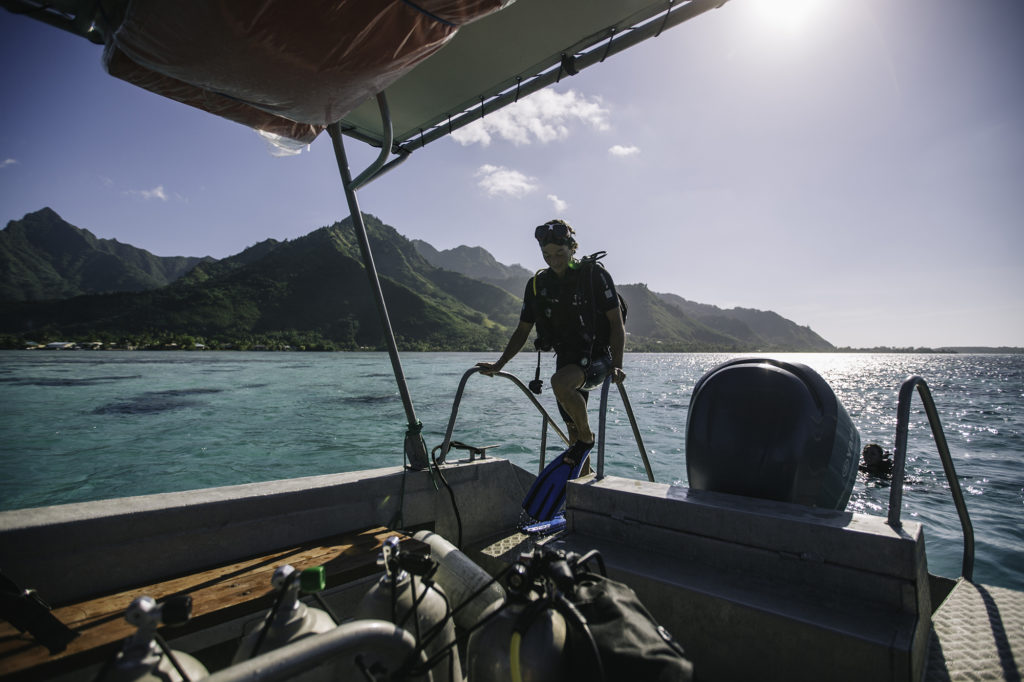
One of our favorite short runs was up Magic Mountain, a short but steep road on the north side of the island, with incredible views at the top. Another gem was a loop through Three Coconut Pass on the south side of the island, winding through a variety of forests. But the overall best network of quality running trails was based out of Belvedere, just north of Mt. Tohivea, on the north central part of the island. There we enjoyed long runs through the jungle, with occasional stops in waterfalls for a quick dip. This area would also be great on a mountain bike, with lots of great techy singletrack to challenge riders of all skill levels.
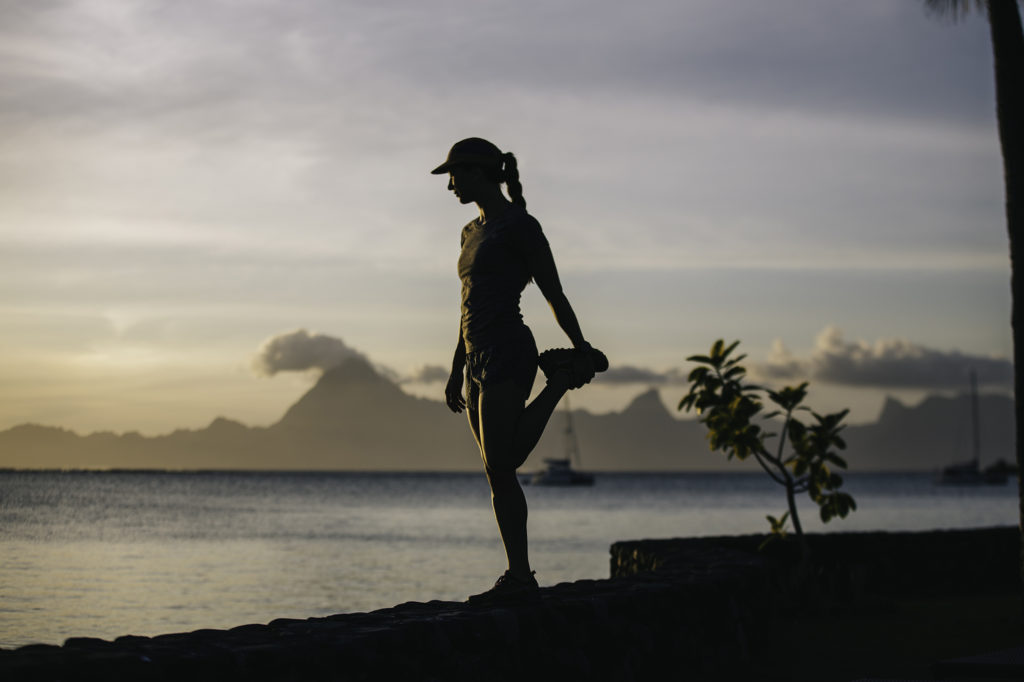
Stop 3: Tahiti
Just a few days later we took the ferry back to Tahiti, a short 30-minute trip. The main island of the country is home to nearly 70% of the population and has a decidedly metropolitan feel to it, with a highway system and a lot more business. With the main airport based here in Papeete, all of the international traffic arrives and departs here. It’s also the largest island, with too many trails to explore in a short two-day window. Using information from local guide Teuai, we changed our plans last minute and were super grateful for all his advice. Instead of doing a handful of shorter runs, we opted for a larger adventure across the island, from north to south.
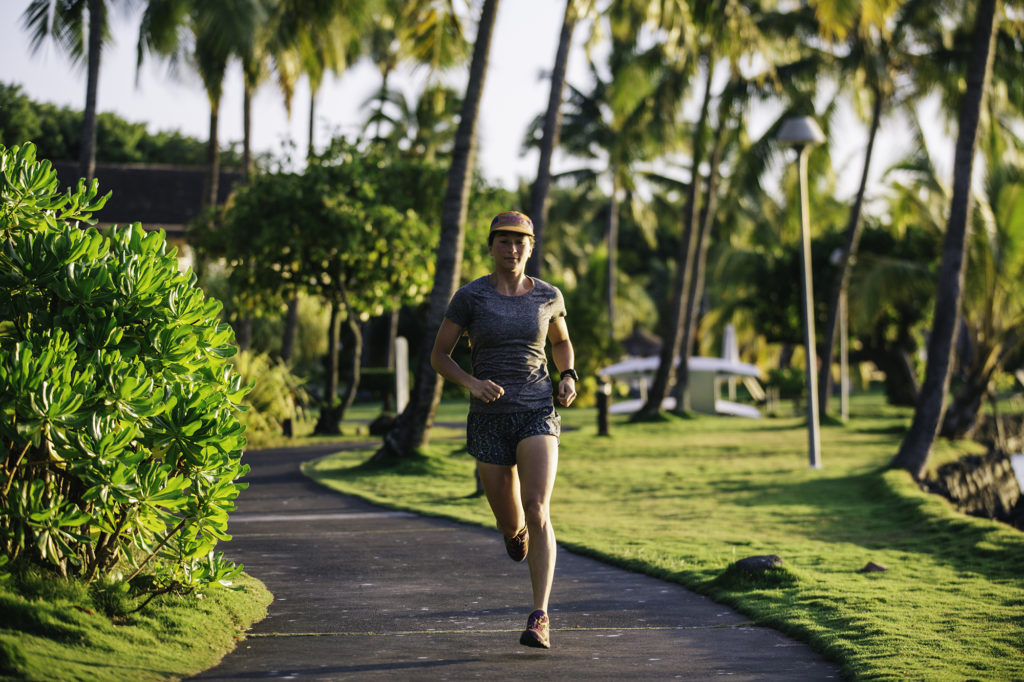
Teuai is one of the most respected guides across all of French Polynesia, with nearly endless knowledge about the ecosystem, history, and Tahiatian way of life. After spending a day with him learning about the jungle and getting a better sense of the island, we took off on our own, following a dirt track along the Papenoo river and into the Papenoo valley. We climbed gradually as we passed a number of small homesteads, historically the home of one of the earliest settlements and geologically it is the main caldera of the island, where the volcano erupted thousands of years ago. We climbed up to nearly 3,000 feet, stopping to swim under a waterfall and take in the views. Eventually we passed through a tunnel and headed downhill for the last ten of the 24 mile jaunt. Seeing only a handful of cars and motos all day, we agreed this was the best way to see the island.
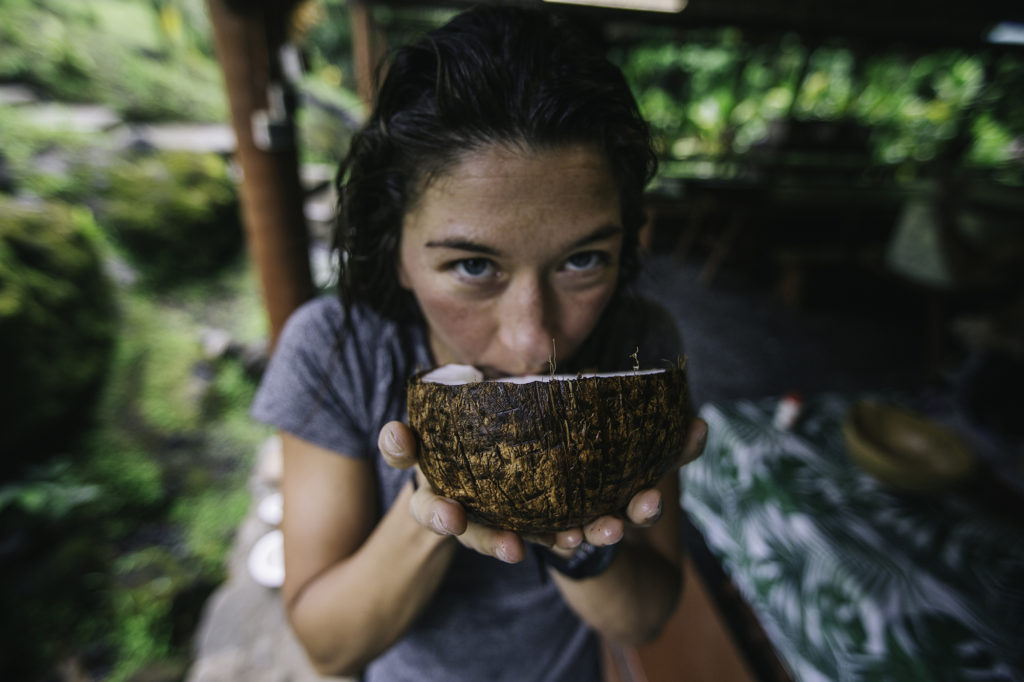
Stop 4: Bora Bora
Our last stop was one of the best known islands, famous for its five-star resorts and well preserved coral reefs. Bora Bora is the most popular tourist destination in the country and it shows, with a totally less-local culture. Staying at a hotel on the atoll, we found a nice trail on the ocean side to run, with epic sunrise views. Resting our legs, we spent the rest of a day on a boat with a local guide, Narii, snorkeling with eagle rays, sharks, and teaming schools of fish, and eating a traditional meal at his house–again a mix of fish, coconut milk, and vegetables hand-picked from the trees on his property.
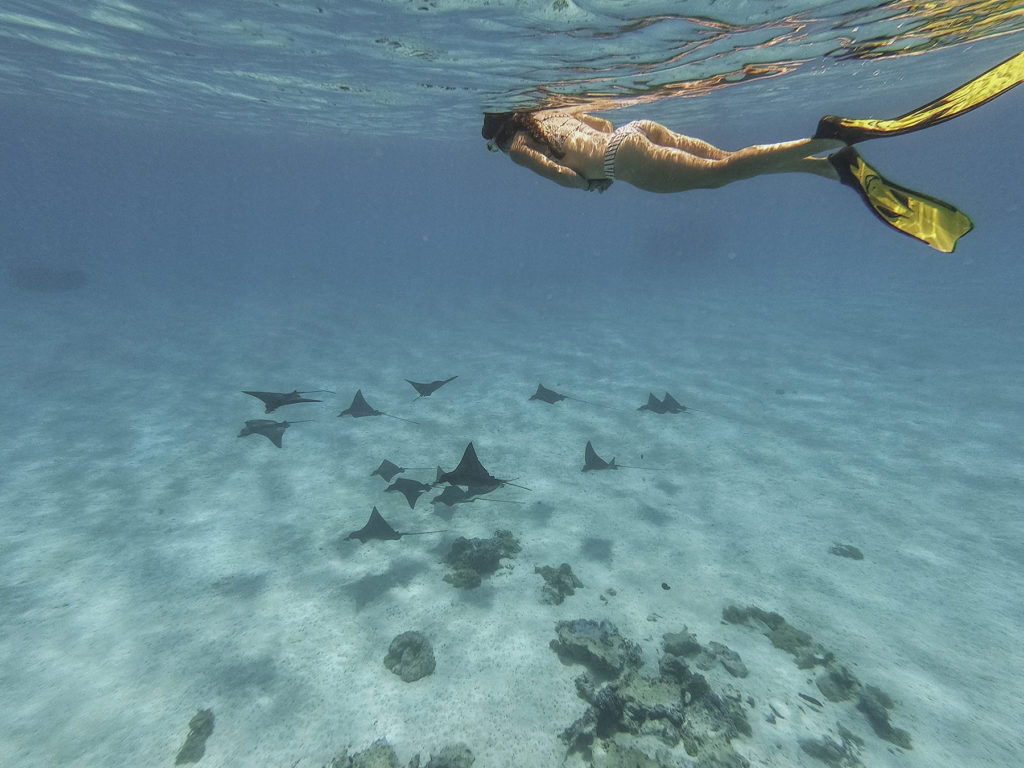
On our last day we headed to the island proper, to use our feet in a slow jog around the island’s perimeter. Stopping for food, views, and swims, we spent the full day trekking the 20-mile loop, enjoying as many mangoes as we could find. Leaving the next morning, I felt at a loss for words. Only looking back have I started to wrap my head around the rapid fire experience in the south Pacific. On the trip it was almost easy to get caught up in trying to do too much, run all the trails, eat all the food, and meet all the people. We visited four islands in nine days, barely having time to take a breath after unpacking before packing up everything again and moving on. However, running gave us the needed moments of perspective. When you travel on foot, exploring local trails and roads, you’re forced to slow down and appreciate a place in a different way. You’re given the opportunity to interact more closely with the land, the people, and the weather. Despite just a fraction of our time in Tahiti, these runs were some of our highlights, because they helped us slow down and appreciate how unique the opportunity to travel here was.
